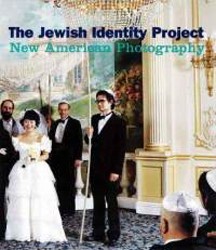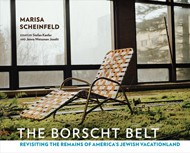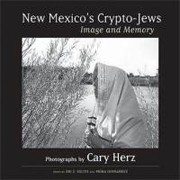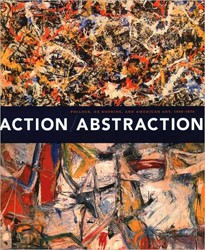A beautifully crafted catalogue of choice Jewish treasures in the collection of the New York Public Library, Jews in America includes descriptions, illustrations both in black and white and color of rare contemporary books, pamphlets, manuscripts, globes, maps, and engravings. The selections are arranged in chapters, each introduced by an essay by Jonathan D. Sarna, the noted scholar of American Jewish history. The opening chapter focuses on the historical background of the first Jewish settlers arriving from Brazil, Surinam, and other Caribbean islands of the Dutch and Portuguese colonies who, frequently as Conversos, had fled the Inquisition. Documenting those journeys are maps, travel diaries, religious responsa relating to the new settlements, and a record of an auto-da-fé.
More familiar than many items is the 1636 etching of Manasseh ben Israel by Rembrandt van Rijn which was exhibited in a 2004 exhibition, along with Manassah’s publication, both in Hebrew and English of Mikveh Yisrael (The Hope of Israel). The work addresses his thoughts on the popular idea that the Indians in America were possibly the descendents of the ten lost tribes of Israel. That question was debated for many decades in the early period of the settlement of the “New World,” even by William Penn, the Quaker founder of Pennsylvania, in whose biography (Catalogue 45) is the statement by Penn, “As to the original of this extraordinary people [American Indians], I cannot but believe they are of the Jewish race, I mean of the stock of the ten tribes so long lost.”
The Library’s collection includes copies of the first translations published in America of the Bible, the Siddur, and the Haggadah. It also includes many documents relating to the Civil War, both Union and Confederate.
Of more contemporary interest are the records of community building, the charity organizations, and the nascent Zionist groups, as well as the appearance of a vibrant Yiddish Theater culture attested to by the variety of posters and playbills in the collection.
Known as the Dorot Jewish Division of the New York Public Library, it had its beginnings in the late nineteenth century with donations from the Lenox, Astor, and Aguilar libraries. It subsequently enjoyed great expansion with the support of Jacob Schiff, the noted Jewish financier who established an acquisitions fund. With other philanthropic support, the library now has over 300,000 books, periodicals, manuscripts, microforms, and ephemera with a wealth of primary sources that are available to researchers who may or may not have academic affiliations.
While the more than one hundred catalogued items in this book attest to the library’s preeminent resources, the book can simply be appreciated as a visually pleasing “coffee-table book” with substance.





